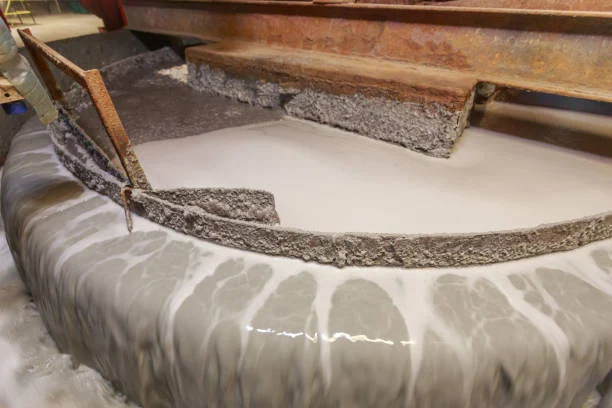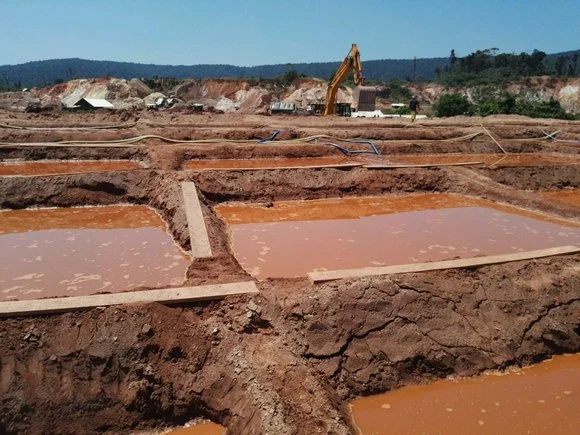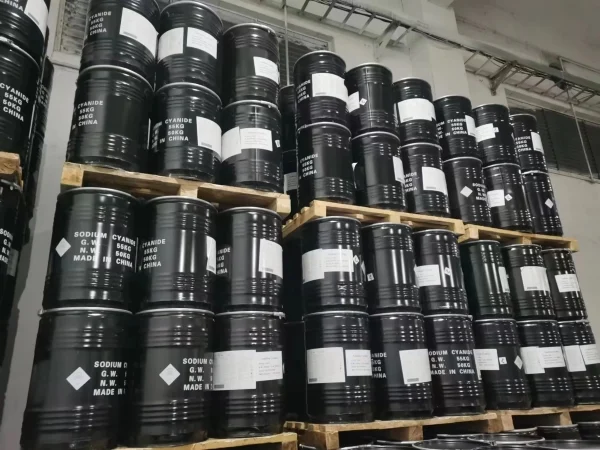
Sodium cyanide (NaCN) is a chemical compound with a wide range of applications across various industries. Its significance lies in its unique chemical properties that enable it to play crucial roles in processes such as organic synthesis, metal refining, and more.
I. Applications of NaCN
A. Organic Synthesis
NaCN is extensively used in organic synthesis. It serves as a key reagent in the formation of carbon-carbon bonds, allowing chemists to create complex organic molecules. This is essential for the production of pharmaceuticals, fine chemicals, and many other organic compounds. For example, in the synthesis of certain drugs, NaCN is used to introduce specific functional groups, which are vital for the drug's efficacy.
B. Gold and Silver Refining
In the mining industry, NaCN plays a pivotal role in the extraction and refining of gold and silver. The process, known as cyanidation, involves dissolving gold and silver from their ores in a solution of Sodium Cyanide. This method is highly efficient and is widely adopted in large-scale mining operations around the world. It allows for the separation of precious metals from other minerals present in the ore, leading to the production of high-purity gold and silver.
C. Electroplating
NaCN is also an important component in electroplating processes. It helps in the deposition of a thin layer of metal onto a substrate. In electroplating, the cyanide ions in NaCN complex with metal ions, facilitating their uniform deposition on the surface of the object being plated. This results in a smooth and adherent metal coating, which is used for decorative purposes, corrosion protection, and improving the electrical conductivity of the plated object.
D. Other Applications
In addition to the above, NaCN is used in metal heat treatment to modify the surface properties of metals. It is also utilized in the production of dyes, pesticides, as a selective inhibitor in non-ferrous metal ore flotation, in the synthesis of methyl methacrylate resin, and in the manufacturing of potassium ferrocyanide (yellow prussiate of potash).
II. Key Raw Materials for NaCN Production
A. Hydrocyanic Acid
One of the primary raw materials for the production of NaCN is hydrocyanic acid (HCN). Currently, a significant portion of hydrocyanic acid is obtained as a by-product from the production of acrylonitrile (CH₂=CHCN). In the acrylonitrile manufacturing process, the amount of by-product hydrocyanic acid is approximately 10% of the acrylonitrile production volume. This by-product is then further processed to produce NaCN.
B. Alternative Sources
In regions where conditions are favorable, hydrocyanic acid can also be synthesized from natural gas and ammonia. This alternative method provides an additional source of hydrocyanic acid for NaCN production. The synthesis of hydrocyanic acid from these raw materials involves complex chemical reactions that require specific reaction conditions and catalysts.
In conclusion, sodium cyanide is a versatile chemical with far-reaching applications in multiple industries. The production of NaCN is closely tied to the availability of key raw materials, especially hydrocyanic acid, which can be sourced from acrylonitrile by-products or synthesized from natural gas and ammonia. As industries continue to evolve, the importance of NaCN in enabling various chemical processes is likely to persist.
- Random Content
- Hot content
- Hot review content
- Plastic Shock Tube(VOD≧1600m/s)
- Toluene
- Anhydrous Ammonia 99% Liquid
- Food Grade Ammonium Sulphate
- Gold Ore Dressing Agent Safe Gold Extracting Agent Replace Sodium Cyanide
- Cupric Chloride 98%
- Caprylic/capric triglyceride
- 1Discounted Sodium Cyanide (CAS: 143-33-9) for Mining - High Quality & Competitive Pricing
- 2China's New Regulations on Sodium Cyanide Exports and Guidance for International Buyers
- 3Sodium Cyanide 98% CAS 143-33-9 gold dressing agent Essential for Mining and Chemical Industries
- 4International Cyanide(Sodium cyanide) Management Code - Gold Mine Acceptance Standards
- 5China factory Sulfuric Acid 98%
- 6Anhydrous Oxalic acid 99.6% Industrial Grade
- 7Oxalic acid for mining 99.6%
- 1Sodium Cyanide 98% CAS 143-33-9 gold dressing agent Essential for Mining and Chemical Industries
- 2High Quality 99% Purity of Cyanuric chloride ISO 9001:2005 REACH Verified Producer
- 3Zinc chloride ZnCl2 for High Molecular Weight Polymers Initiator
- 4High Purity · Stable Performance · Higher Recovery — sodium cyanide for modern gold leaching
- 5High Quality Sodium Ferrocyanide / Sodium Hexacyanoferr
- 6Gold Ore Dressing Agent Safe Gold Extracting Agent Replace Sodium Cyanide
- 7Sodium Cyanide 98%+ CAS 143-33-9











Online message consultation
Add comment: